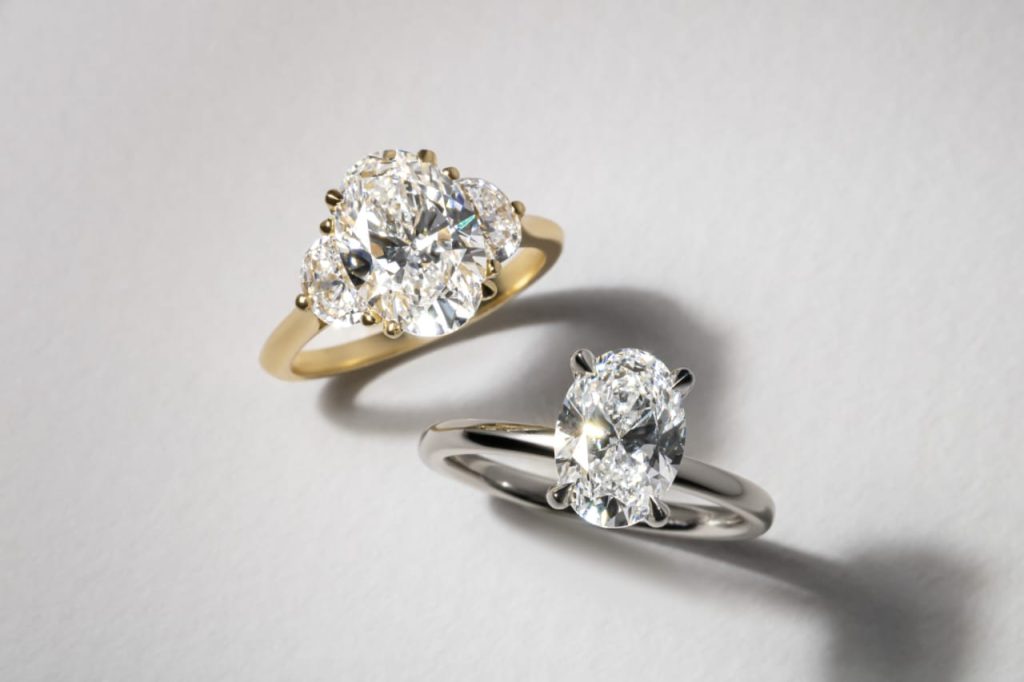The flute, with its serene and melodious sound, holds a special place in the world of music. Its history is as rich and varied as the tones it produces, evolving over centuries from simple wooden pipes to the sophisticated metal instruments we see in orchestras today. This article delves into the fascinating history of the modern flute, tracing its development and the impact it has had on music over the years.
The origins of the flute date back to ancient times, with the earliest known flutes made from bird bones and mammoth ivory found in present-day Germany, dating back over 35,000 years. These primitive instruments had a few holes and were played by blowing across the top, much like blowing across the top of a bottle. As civilizations advanced, so did the design of the flute. In ancient Egypt, flutes were made of bamboo or reeds, while in Greece, they were often made of wood or ivory and played in pairs, known as aulos.
During the medieval period, the flute continued to evolve. The instrument was made from a single piece of wood and had six finger holes but no keys, limiting its range and the complexity of music it could play. Despite these limitations, the flute remained popular, used in both secular and sacred music settings.
The Renaissance era brought significant changes to the flute. The instrument was often made in sections, allowing for more precise tuning and construction. It was during this time that the flute began to resemble the modern instrument, with a cylindrical body and more refined finger holes. However, the flute still lacked keys, which restricted its musical capabilities.
The real transformation of the flute occurred in the Baroque period, thanks to advancements made by the Hotteterre family in France and other instrument makers. They introduced the one-keyed Baroque flute, which expanded the instrument’s range and allowed for more expressive playing. This period saw the flute rise in popularity, becoming a staple of chamber music and orchestral works.
The 19th century was a revolutionary period for the flute, marked by the innovations of Theobald Boehm, a Bavarian goldsmith, and flautist. Boehm completely redesigned the flute, introducing a system of rods and keys that allowed for greater control and flexibility. His design included a conical bore and larger tone holes, which produced a more powerful and rich sound. The Boehm system, as it came to be known, is still the basis for the modern flute used today.
Throughout the 20th century, the flute continued to evolve, with improvements in materials and manufacturing techniques. Flutes were now made from silver, gold, and even platinum, enhancing their sound quality and playability. The introduction of the piccolo, alto flute, and bass flute added depth and variety to the flute family, allowing composers to explore new sonic landscapes.
One of the more unique additions to the flute family is the contrabass flute, an instrument that is rare and not typically found in standard orchestral settings but adds a rich, deep tone to flute ensembles and contemporary music compositions. Standing over six feet tall, the contrabass flute plays an octave lower than the bass flute and has a haunting, resonant sound that adds a unique texture to music.
Today, the modern flute is a versatile and beloved instrument, featured in classical orchestras, jazz bands, and solo performances. Its evolution from a simple wooden pipe to a sophisticated metal instrument is a testament to the ingenuity and creativity of musicians and craftsmen throughout history. The flute’s journey through music history reflects the broader changes in music and society, adapting to new styles, tastes, and technologies.
The modern flute is more than just an instrument; it is a piece of musical history, shaped by centuries of innovation and cultural exchange. From the Baroque concertos of Vivaldi to the jazz explorations of Herbie Mann, the flute has contributed to a vast array of musical genres, enchanting listeners with its pure, clear tones. As we look back on the history of the flute, we celebrate not only the development of an instrument but also the enduring beauty and power of music itself.





